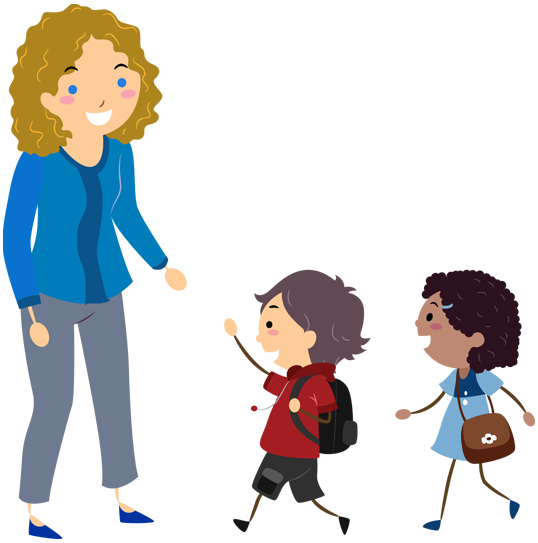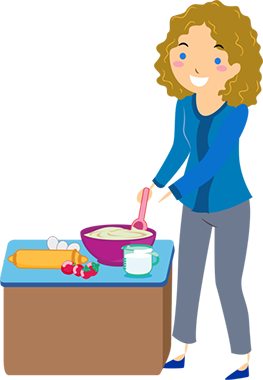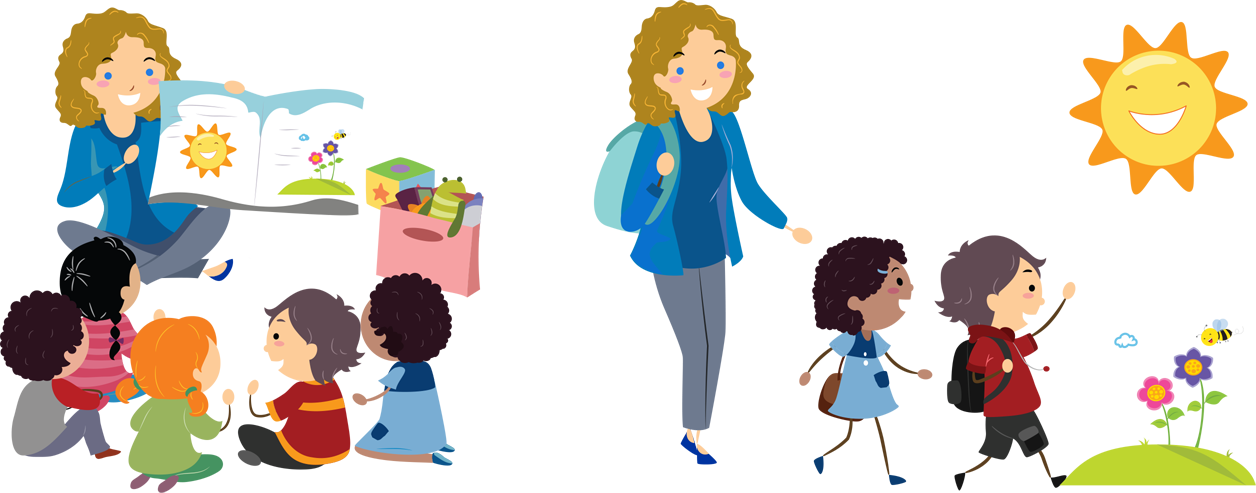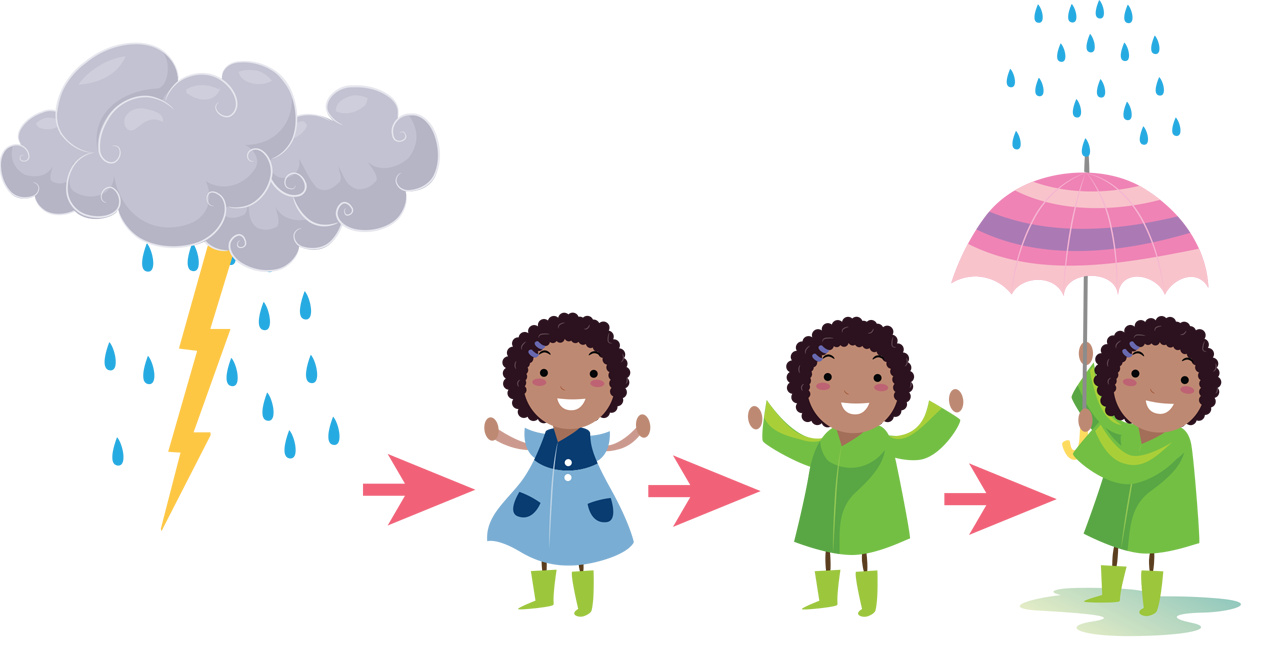
Engaging children’s attention
As you will see in each of the remaining three principles, Early Achievements incorporates teacher-implemented strategies and instructional content designed to maximize children’s attention engagement.

Helping children learn by doing
In the Early Achievements intervention model, children’s active participation is a priority. Many hands-on learning opportunities are presented by teachers, aimed at fostering children’s initiation and reciprocal participation in interactions with instructional materials and people.

Making experiences relevant
Instructional content and experiences in the Early Achievements intervention are tailored to children’s perspectives, interests, life experiences, and developmental levels. This means that the learning experiences children are having in the classroom are relevant to their lives. Teachers learn to transform instruction into relevant and developmentally appropriate experiences for children. As a result, teachers become more intentional in their instruction and better able to deliver differentiated instruction.

Making concepts and events come to life
Children’s success in life and in school is partly dependent on their ability to create meaning from their own experiences and from the stories they hear at home and at school. Early Achievements helps children to make sense of the world around them by strategically shaping their experiences and making stories come alive. Through the Early Achievements intervention, children develop skills that are essential for literacy development.
